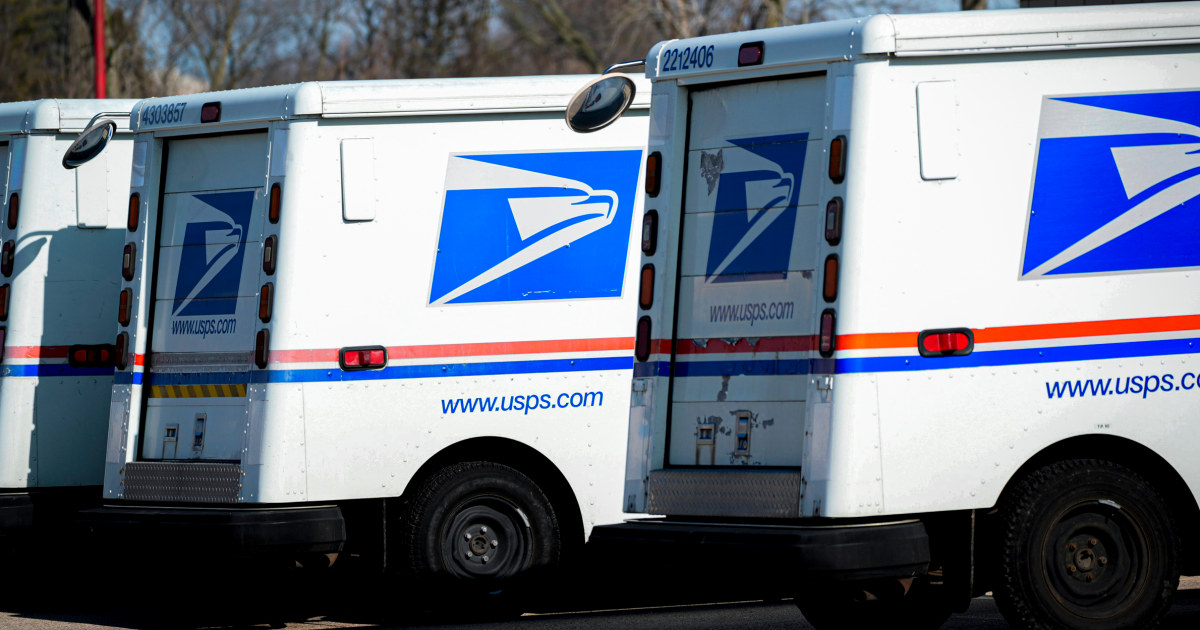Residents and businesses nationwide have been reporting slowdowns in mail and package delivery by the U.S. Postal Service, raising concerns that mail-in ballots could be affected in the upcoming election.
In Virginia, hundreds of veterans had their colon cancer screening tests invalidated after the results took months to arrive by mail. An Atlanta college student missed an academic trip to Ghana when their passport with two-day shipping took a month to show up. A bride in Texas had to rent a dress for her wedding after hers spent weeks stuck in a Houston postal facility.
Across the country, residents and businesses have been reporting widespread slowdowns in mail and package delivery by the U.S. Postal Service. The delays have become so persistent that members of Congress have gotten involved, urging the Postal Service to drastically correct course and raising concern about what impact the disruptions could have on mail-in ballots in the upcoming election.
The delays appear to largely stem from a new system the Postal Service began rolling out last fall that will eventually funnel all the nation’s letters and packages through a consolidated network of 60 regional distribution centers — similar to the airlines’ hub-and-spoke model. The change is part of a wider $40 billion, 10-year overhaul of the network that Postmaster General Louis DeJoy has said will reduce costs, improve reliability and make the Postal Service more competitive. But in some instances, the plan has done the opposite, according to the Office of the Inspector General for the Postal Service, members of Congress and Postal Service advocacy groups.



There’s the rub, though: the model DeJoy is moving to is trying to remove mail carriers from thousands of local post offices. The plan is to funnel everything through centralized regional sort centers and have all routes start/end there. Even if the local post office set ballots to the side, they’d still end up flowing back through the sort center because, under the plan, many post offices will essentially be the equivalent of a UPS or FedEx retail location.